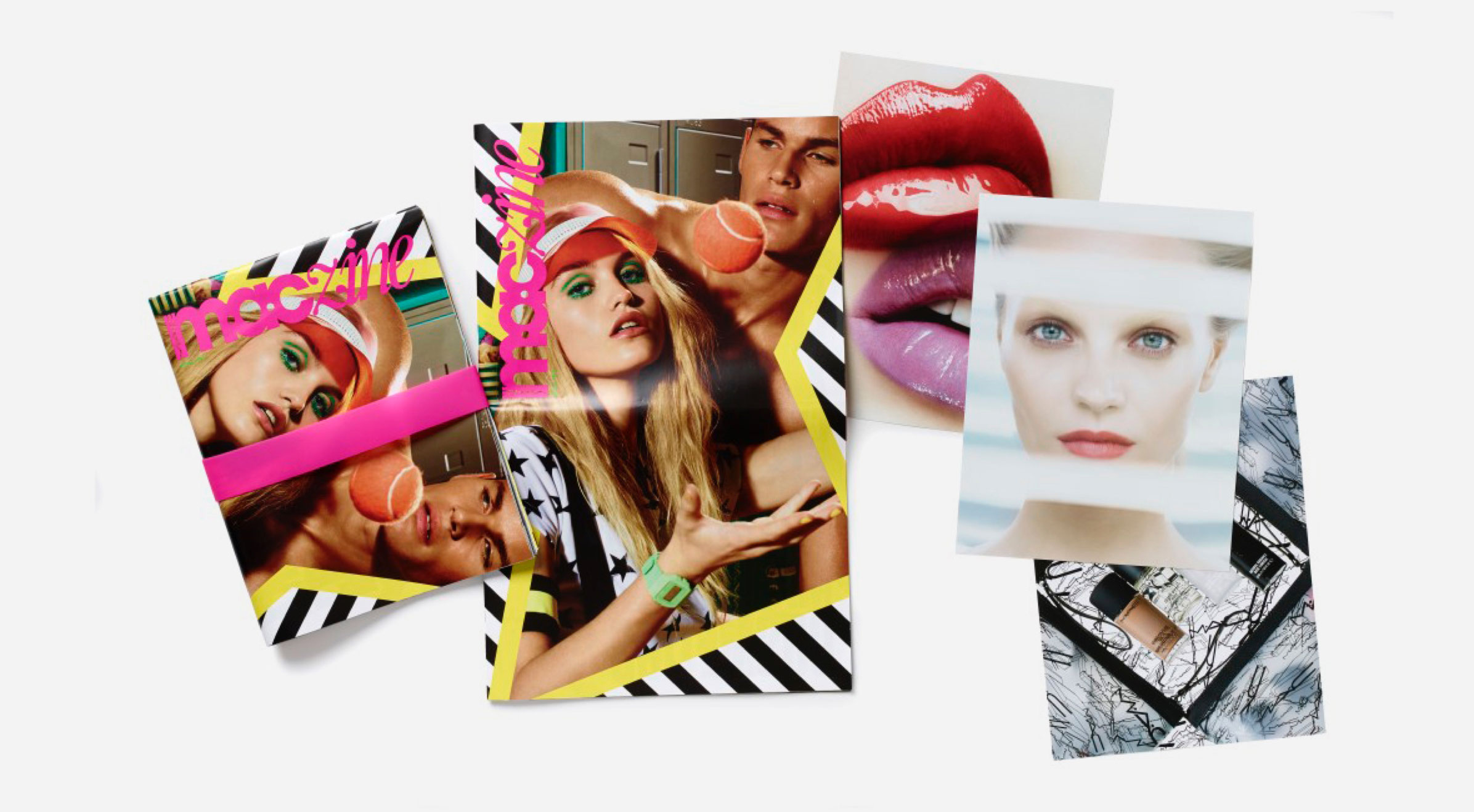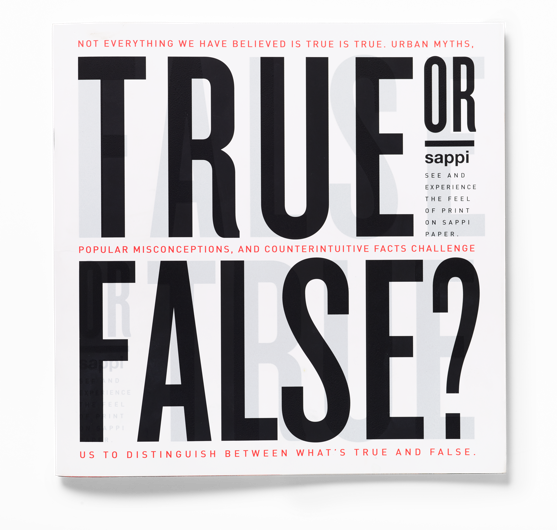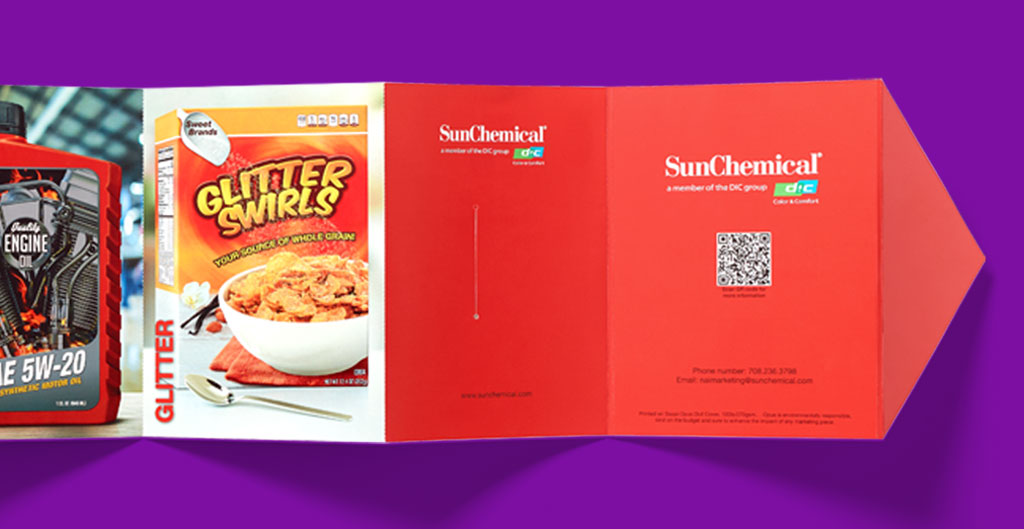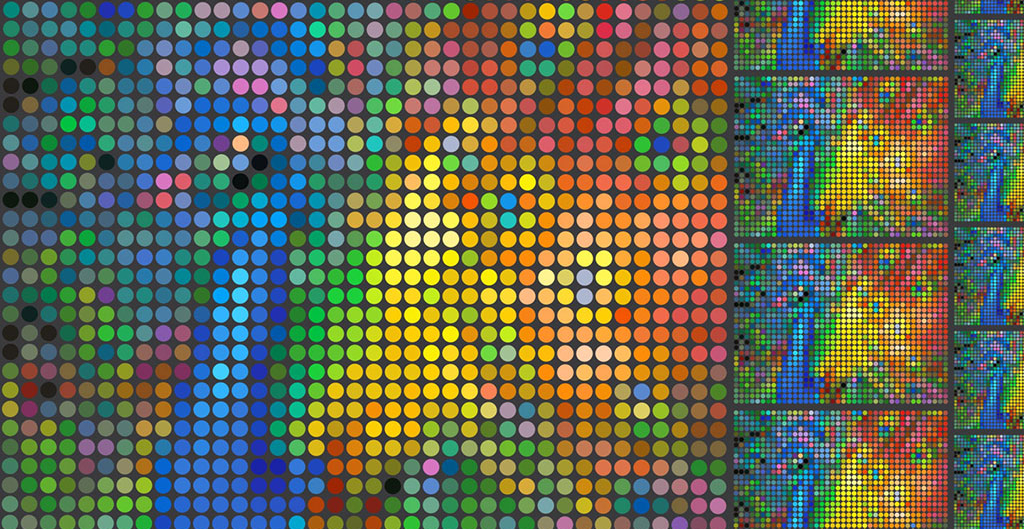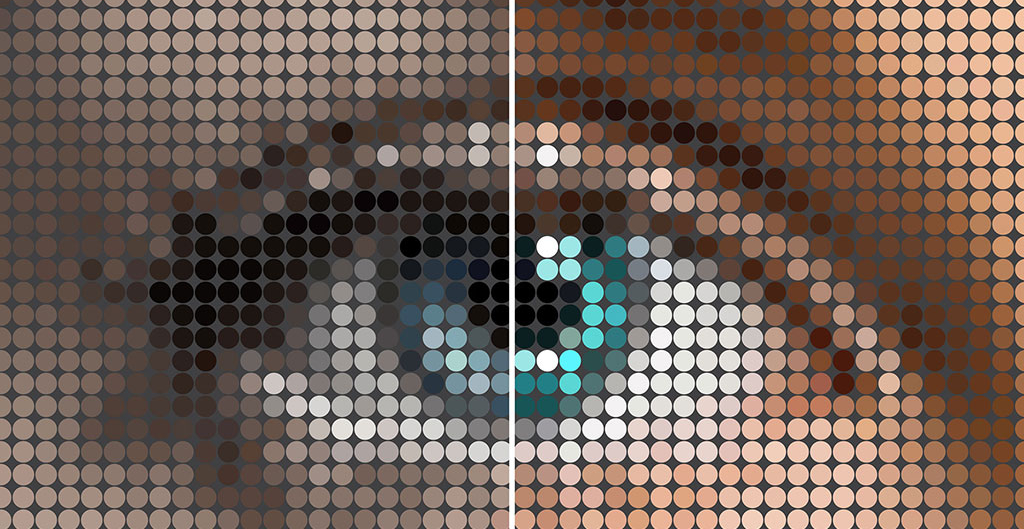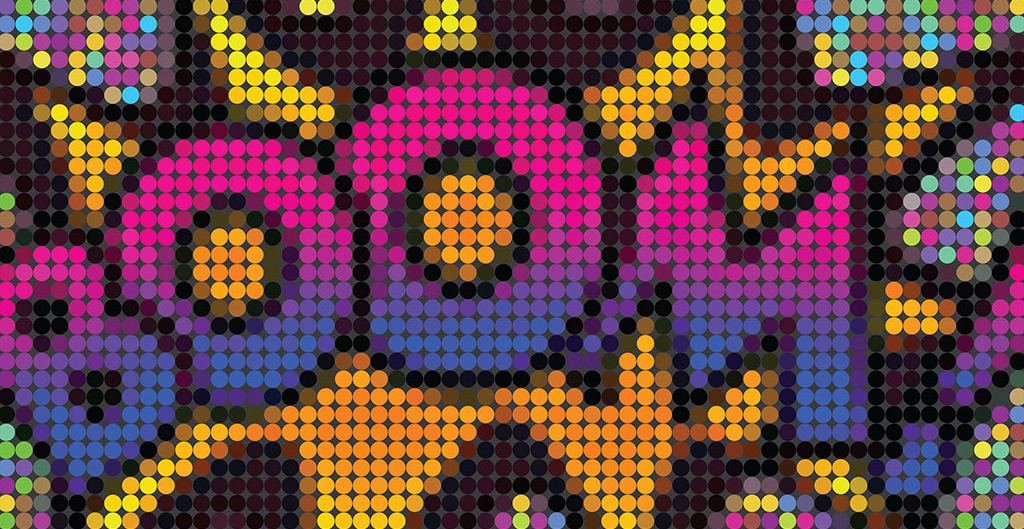One brand key you’re missing
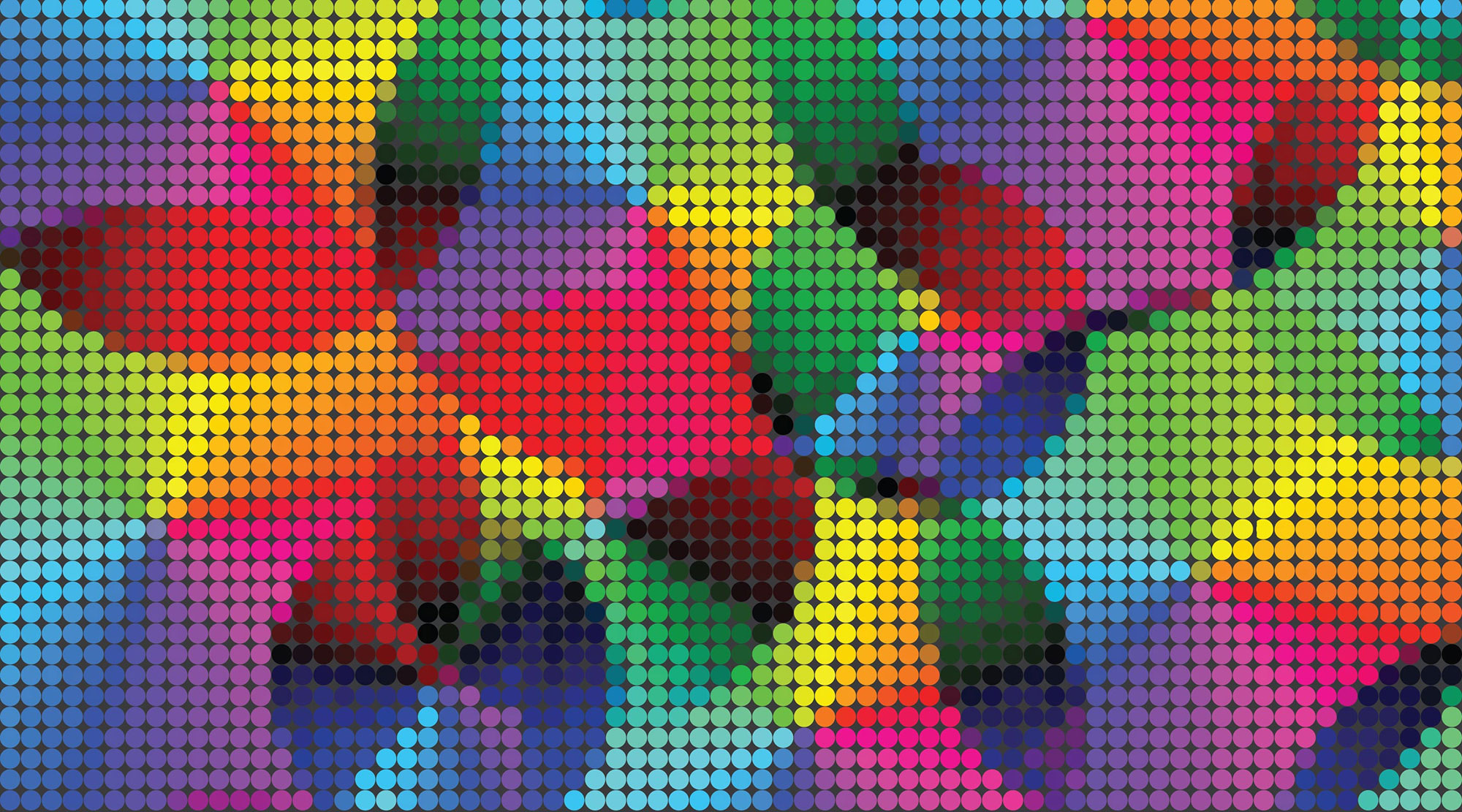
Why should you care about paper surface and aesthetics? Good question.
Simply put: The surface chemistry and aesthetic qualities of a paper determine the fidelity of image reproduction, its versatility and quality range.
Simply-simply put: These factors can really influence your completed project. The paper you choose to print on makes a big difference in brand consistency and final cost.
Busting the coated paper myths
Coated paper offers more versatility and far greater print quality than uncoated competitors. It’s regarded to have the most promising surface and aesthetic qualities for large, consistent print jobs and is the most adaptable paper type for achieving creative excellence within budget.
But often times uncoated paper is still seen by some as the better option. Why?
